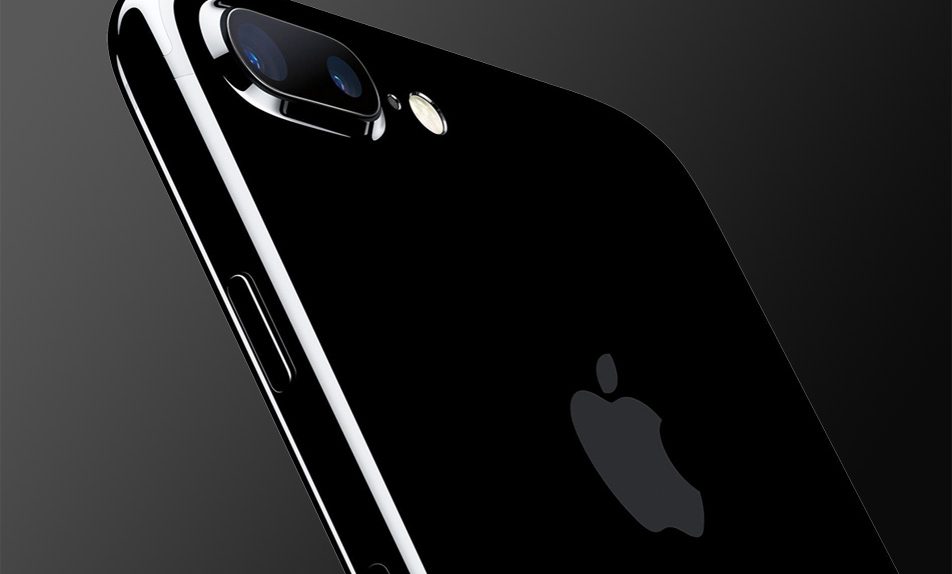For the first time this year, Apple went with two different providers of cellular modems in the iPhone 7 and 7 Plus. Some phones have Qualcomm modems, the company Apple has worked with for years. The others had Intel modems, marking a real breakthrough for Intel, which has been trying to get its chips into flagship smartphones for years.
Unfortunately, testing is showing that there’s a big difference between the two modems. Although both will work just fine when there’s a good LTE signal, it seems that if you’ve got an Intel modem, your data speed in areas with less-than-ideal coverage may be much slower.
DON’T MISS: New tests confirm there’s one iPhone 7 model that’s much slower than the rest
The testing was conducted by Cellular Insights, using a test rig that allowed them to vary the cell signal at will. As such, it might not be a perfect representation of real-world conditions, but it does have the benefit of being more scientific and controllable.
The results show that the iPhone 7 Plus with the Intel modem performs much worse in areas with poor cell signal. At worst, the Intel-powered phone was 40Mbps slower than the Qualcomm device, although when the cell signal gets really bad, they’re only a couple megabits apart.
Qualcomm modems can be found in Verizon, Sprint, and SIM-unlocked iPhones. Devices on other networks are using the Intel modems. To work out which device you have, you can check the model number on the back of your phone. The A1778 and A1784 versions are powered by Intel modems, while the A1660 and A1661 models are Qualcomm-powered.
It’s worth mentioning that both versions of the iPhone 7 Plus were soundly beaten by the Galaxy S7 Edge in the tests, so even the best iPhone isn’t comparable to Samsung’s flagship on a good day. It’s also debatable how different the performance will be in the real world. On a recent three-day road trip, I consistently had excellent service and data speeds on my Intel-powered iPhone 7, so just because one model is slower than the other, doesn’t make it truly slow.
This also isn’t the first time that we’ve found major performance differences between different versions of iPhones. Other tests have shown that the storage used in this year’s 32GB iPhones is much worse than in the 128GB or 256GB models, and previous years have seen different processors in different models with vastly different processing speeds.










